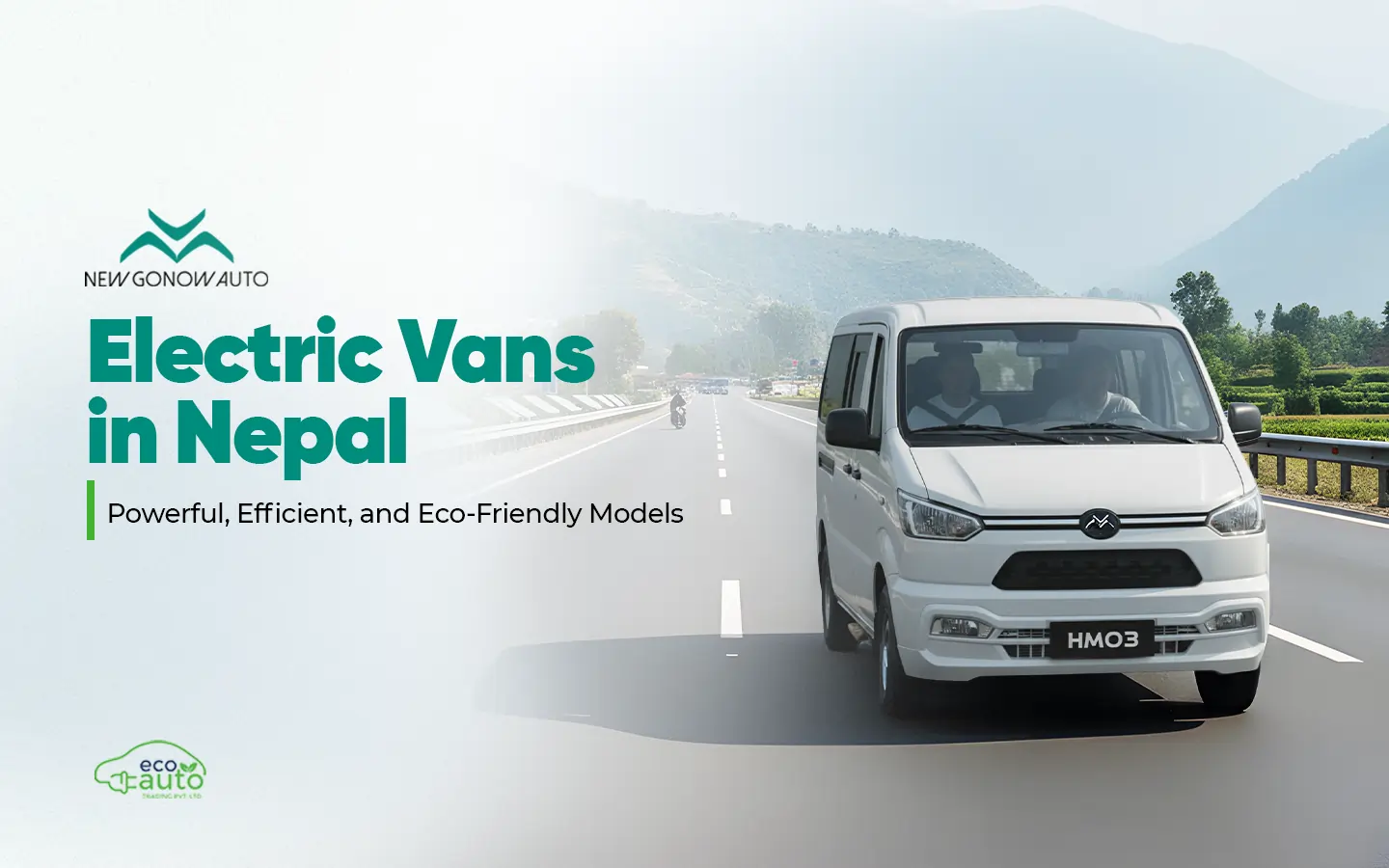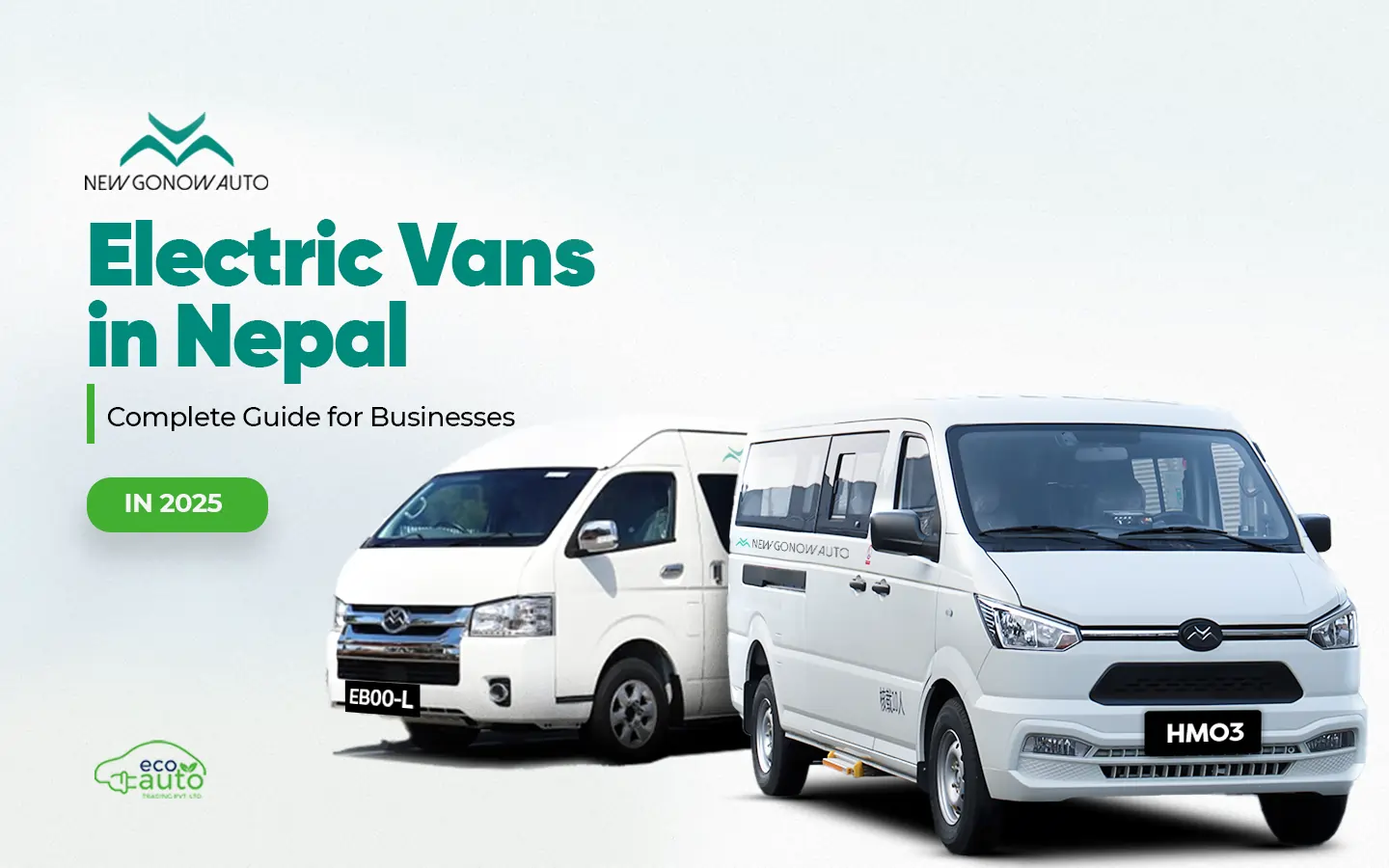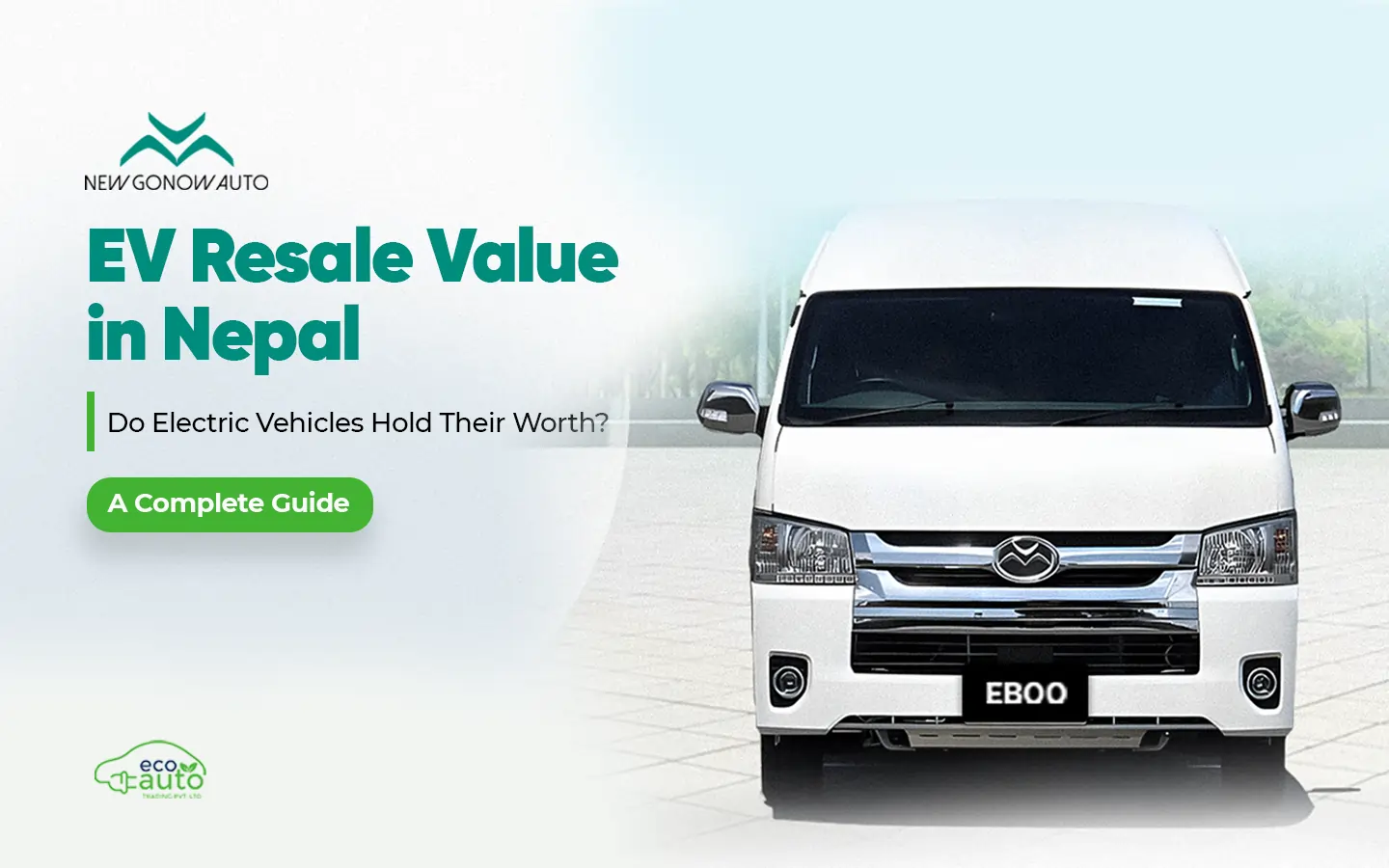
Electric Vehicles in Nepal: Powerful, Efficient, and Eco-Friendly Models
Did you know electric vehicles (EVs) are changing how we travel? As fuel costs rise and pollution increases, many people are choosing cleaner and smarter transportation. EVs are popular because they save money, run efficiently, and help protect the planet.
In Nepal, EVs are becoming more common. Many people are switching to electric vehicles to save fuel and reduce pollution in cities. Government incentives and better charging options make the transition easier.
Eco-friendly transportation is crucial for Nepal’s environment and economy. In this article, we will look at some of the most powerful, efficient, and sustainable EV models available in Nepal today.
Why Choose Electric Vehicles?
Electric vehicles are a smart choice because they are eco-friendly, save money, drive smoothly, and use the latest technology.
- Good for the environment: EVs produce no harmful smoke while driving. This keeps the air cleaner and reduces carbon emissions.
- Lower running costs: EVs are cheaper to operate than petrol or diesel vehicles. Electricity costs less than fuel, and maintenance is simpler.
- High Performance: EVs offer quick acceleration, smooth driving, and instant torque. This makes for a more enjoyable and responsive ride.
- Modern technology: EVs come with smart features like modern batteries, regenerative braking, touch-screen controls, and driver-assist systems.
- Energy efficiency: EVs convert more energy from the battery into motion. They use less energy than traditional vehicles for the same distance.
- Tax and financial benefits: Many governments, including Nepal’s, provide incentives like lower taxes, registration discounts, and other financial perks for EV owners.
Electric Vehicles vs Petrol Cars: Which Is Better for Nepal?
| Aspect | Electric Vehicles (EV) | Petrol Vehicles |
| Environmental Impact | Zero emissions, cleaner air | Produces smoke and carbon emissions |
| Operating Cost | Cheaper to charge and maintain | Expensive fuel and higher maintenance |
| Performance | Instant torque, smooth and quiet ride | Traditional engine feel, slower at low speeds |
| Technology | Modern batteries, regenerative braking, and smart features | Fewer high-tech features, conventional mechanics |
| Government Incentives | Lower taxes, registration discounts, perks | No special financial benefits |
How Developed Is the EV Infrastructure in Nepal?
Nepal’s EV charging network is growing quickly, although some rural areas still lack enough stations. Supportive government policies, private investments, and clean hydropower are driving this progress. Nepal is becoming a regional leader in electric vehicle use, and the charging infrastructure is steadily improving to meet the rising demand.
Recent Progress and Expansion
- Growing EV Sales: More people are buying electric cars, bikes, and scooters because of rising fuel costs and awareness of environmental issues.
- Widespread network: Over 1,200 charging stations have been installed, mainly in major cities and along highways.
- Improved Technology: New EVs have longer battery life, faster charging, and smart features for safety and comfort.
- Expansion mandates: New government rules now require fuel stations to add EV chargers when renewing licenses, which helps speed up the expansion of charging stations along highways.
- Government Incentives: Reduced taxes, lower registration fees, and other financial benefits encourage the adoption of EVs.
Most Popular and Efficient Electric Vehicles in Nepal
| EV Model | Battery Capacity (kWh) | Range (km) | Motor Power | Starting Price (NPR) |
| Gonow EB00 (16 seater) | 86 kWh | 100 km | 110 kW | Rs. 7,000,000 |
| Gonow EB00L (19 seater) | 86 kWh | 100 km | 120 kW | Rs. 7,800,000 |
| Gonow HM03-L (14 seater) | 53.58 kWh | 100 km | 60 kW | Rs. 5,450,000 |
| Nexon EV (Prime XM) | 30.2 kWh | 312 km | 95 kW | Rs. 38,99,000 |
| BYD M6 | 71.8 kWh | 440 km | 100 kW | Rs. 28,95,000 |
| BYD Dolphin | 44.9 kWh | 340 km | 70 kW | Rs. 41,15,000 |
| MG S5 EV | 49 kWh | 430 km | 99 kW | Rs. 4,399,000 |
| BYD Atto 3 | 60.48 kWh | 420 km | 100 kW | Rs. 5,690,000 |
| Dongfeng Nammi E3 | 42.3 kWh | 317 km | 70 kW | Rs. 35,99,000 |
Future of Electric Vehicles in Nepal
The future of electric vehicles (EVs) in Nepal looks promising. Rising fuel costs and increasing concern about air pollution are making many people consider options for cleaner and smarter transportation. Government support through tax benefits and improved charging facilities creates the perfect opportunity to switch to electric.
EcoAuto is at the forefront of Nepal’s EV movement, offering vehicles designed for local roads. They provide smooth performance, long battery life, and modern features for comfort and safety, all while producing zero emissions. To discover powerful and eco-friendly EVs, visit EcoAuto and drive the future today.
Frequently Asked Questions
1. How much does an electric vehicle cost in Nepal?
Electric vehicles in Nepal range from NPR 20 lakh to NPR 90+, depending on the model and brand.
2. What is the average range of EVs available in Nepal?
Most EVs in Nepal offer a range between 200 km and 500 km per charge, depending on the battery capacity and driving conditions.
3. Are there enough charging stations in Nepal?
Charging infrastructure is growing rapidly, especially in Kathmandu, Phohara, and on major highways. Companies like ecoAuto, BYD, Tata Motors, and Nepal Electricity Authority (NEA) are expanding the public charging network.
4. Do electric vehicles work well in the hilly regions of Nepal?
Yes. Modern EVs with high-torque motors perform well in hilly areas. However, the range may slightly decrease due to steeper climbs.
5. What government incentives are available for EV buyers in Nepal?
The Government of Nepal offers several incentives for EV buyers, including lower import duties and excise taxes, as well as reduced registration fees. Additional tax breaks are also provided based on the vehicle’s pow




